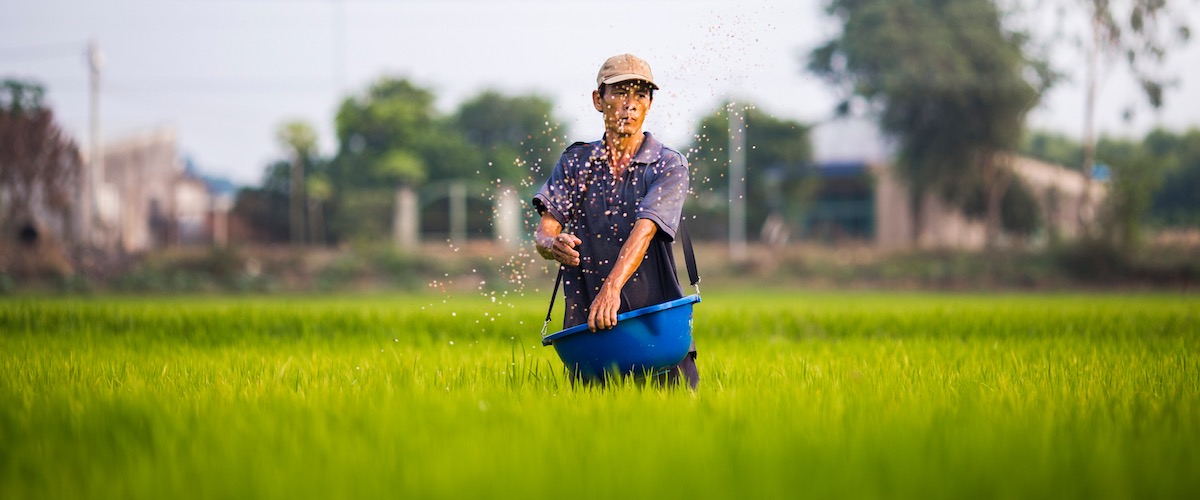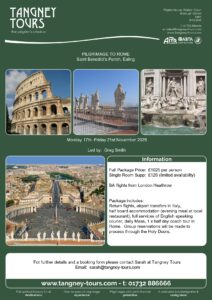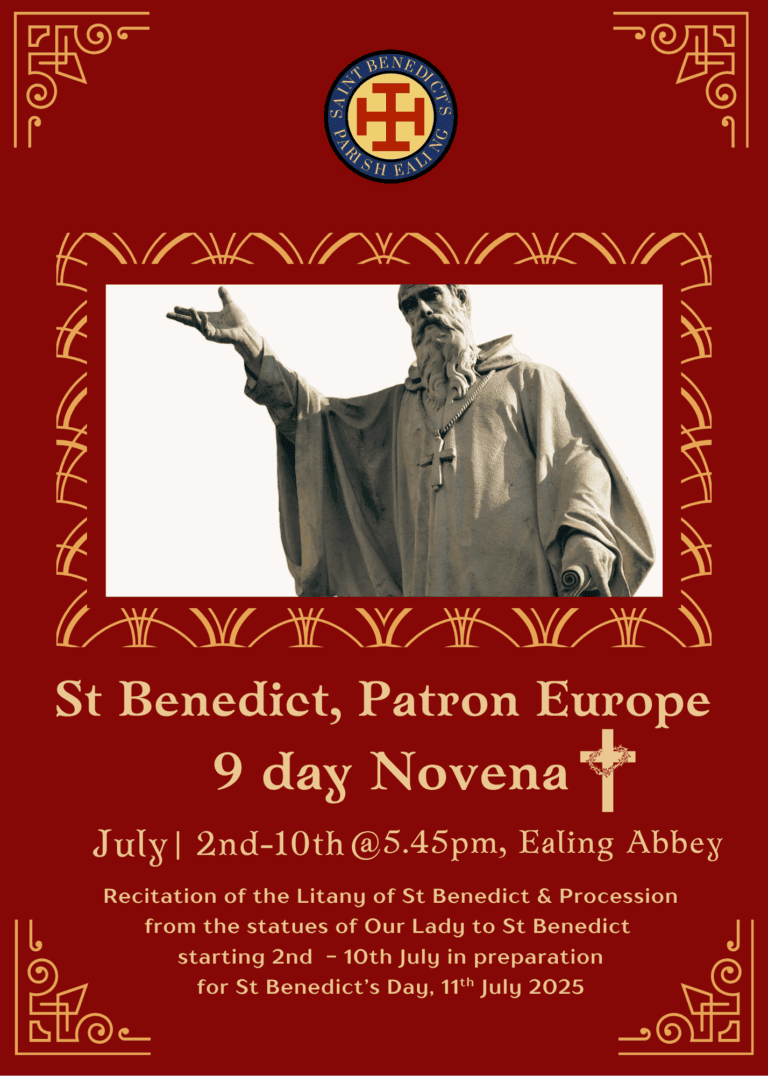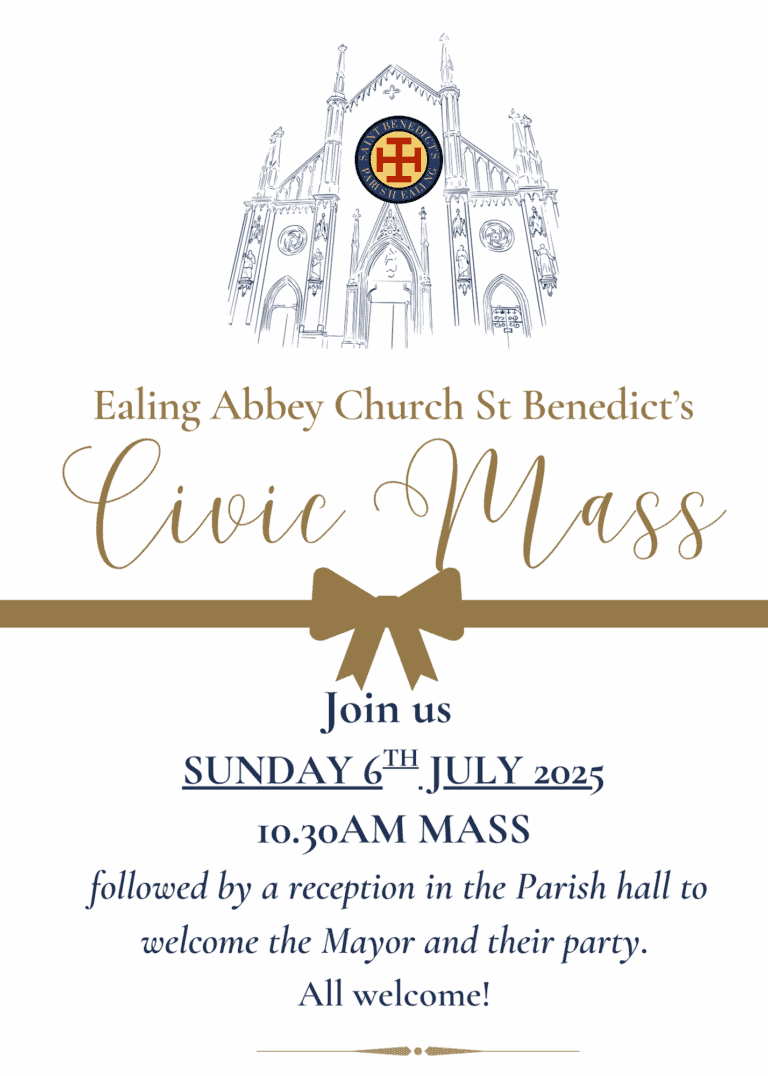Dear Parishioner,
In this Sunday’s Gospel we hear the parable of the sower. While it important that we sometimes think about the different places where the seed falls I would like to focus on the basic image Our Lord gives us – the sower and the seed. This is not the only place in the Gospels which feature the seed or the sower. In previous generations the importance of sowing seeds seemed perhaps more obvious than to us now. In a world without processed and canned and packaged food any failure to sow crops would result in famine that very same year. In the perspective of Jesus (and therefore of God) sowing the seed of the Word is also vital for human life. Moreover, just sowing the seed is not enough. It must sprout and grow to maturity to feed us, so as well as sowing, there needs to be watering, cultivation, harvesting and distribution. The life of the Church is just this.
The Word is sown through the words and example of the clergy and laity, both though formal preaching and as the Spirit moves us in more informal settings. It is watered and cultivated not only through preaching and catechesis but also through the Sacraments, including the Eucharist. It is distributed through going out into the world and showing God’s love to others, as also through communication by newsletters, printed and online. The harvest can be seen in embryo when we see ourselves gathered together as Christians – most particularly at Sunday Mass. Finally, the harvest is seen in its fullness at the end of time.
A fortnight ago I led an outing of Ealing Abbey Oblates to Bermondsey. Why Bermondsey? Because we try and visit a medieval monastic site every year. There was a Benedictine Monastery there in the Middle Ages, suppressed with the others at the Reformation. When the abbey was founded the area was rural, albeit very near the City of London and adjacent to the Borough (Southwark). A walk in the area now reveals a commemorative plaque or two: Bermondsey Square is the site of the monastery church. However, besides the remains of a church pillar in one of the premises in the square and the names of some of the streets e.g., Grange Road, Grange Walk (a grange is an abbey farm) and Abbey Street, the most enduring legacy is St Saviour’s Dock (the abbey was dedicated to St Saviour), just east of Shad (i.e. St James) Thames. The dock was an enterprise of the abbey to facilitate trade in the area. The seed bore fruit in Bermondsey in the Middle Ages, brought by monks. Despite the suppression of the monastery the seed continues to give a harvest today in Bermondsey through the life and witness of Christians. Although we may live in a very urban and secular environment the seed is in us today





